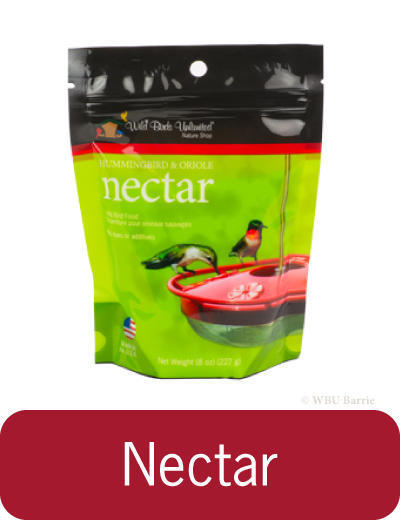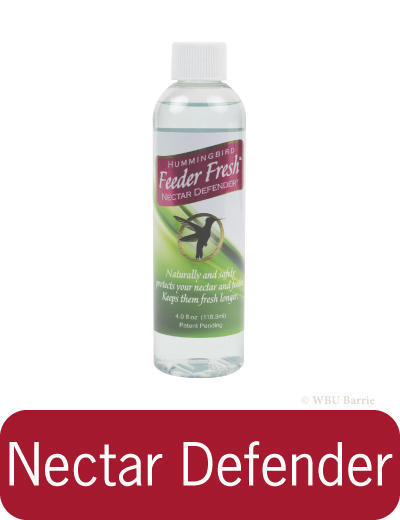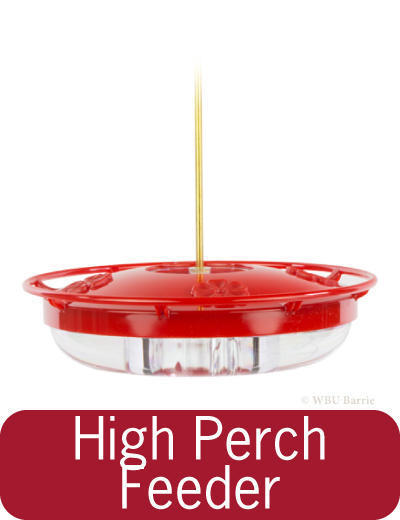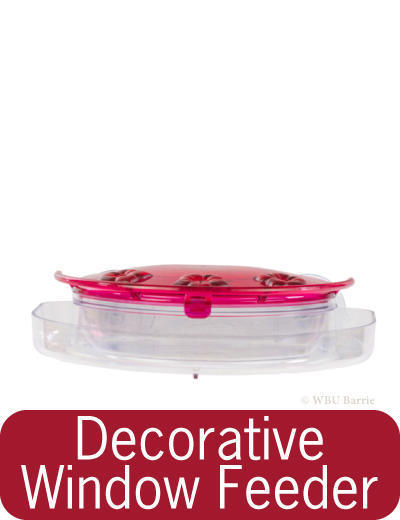Attracting Ruby-throated Hummingbirds to Your Backyard
 While some places in the world are blessed with 50 and more species of Hummingbirds, in Collin County we have just two species, the Ruby-throated Hummingbird and the Black Chinned Hummingbird. The Ruby-throated Hummingbird has the widest breeding distribution of any hummingbird in North America. It is the only hummingbird common in the eastern half, and are found in most habitats across North America, including backyards with lots of flowers.
While some places in the world are blessed with 50 and more species of Hummingbirds, in Collin County we have just two species, the Ruby-throated Hummingbird and the Black Chinned Hummingbird. The Ruby-throated Hummingbird has the widest breeding distribution of any hummingbird in North America. It is the only hummingbird common in the eastern half, and are found in most habitats across North America, including backyards with lots of flowers.
What do Ruby-throated Hummingbirds Look Like?
Topping out at 7-9 cms (3" - 3.5") in length with a wingspan of 8-11 cms (3" - 4"), it is a small, but mighty, migrant. The Ruby-throated sports a slender, slightly down-curved bill, with short wings that don't quite reach the tail when sitting. Both sexes are a bright emerald or golden-green colour on the back and crown with white-ish underparts. The males have a bright iridescent red throat (gorget) that can sometimes appear black or dark purple in bad lighting conditions. The female lacks the dazzling throat of the male. Juveniles closely resemble the adult females in colouring.
Do Hummingbirds Migrate?
As a summer visitor here in Collin County (migration is generally April through October each year), the Ruby-throated Hummingbird migrates all the way to Central America for winter - flying 600 miles across the Gulf of Mexico! Some will remain in North America for the winter, residing in parts of the Southern Atlantic Coast, the Gulf Coast, and on the tip of Florida.
Foods
Along with nectar from native flowering plants, Ruby-throated Hummingbirds eat insects and insect eggs on the ground and in trees. They love spiders and spider eggs. They use their bill and not their tongue to catch insects. The best way to attract hummingbirds to you backyard is to offer a combination of native nectar-producing plants, as well as nectar feeders to provide our WBU Hummingbird and Oriole Nectar. You can also create your own nectar using a 4:1 water/sugar ratio)
Some tips to remember when feeding hummingbirds:
- Change the nectar and wash your feeder in hot water every three to four days (more often in hot weather).
- Use Hummingbird Feeder Fresh Nectar Defender to help keep your nectar fresher longer.
- If you have a WBU Hummingbird Feeder, simply place it in the top drawer of your dishwasher for easy cleaning.
- If you plan to store nectar in the refrigerator, boil the water first before creating and storing your nectar solution.
- Never add red food colouring, honey or artificial sweeteners to the solution.
Feeders
By having a hummingbird feeder, you can provide the much-needed energy that hummingbirds require, especially during migration (April and October). Fill a hummingbird feeder with a solution of four parts water, one part table sugar. Be patient! It can take several weeks or even months for hummingbirds to find your feeders. Placing them near colourful flowers which hummingbirds favour, such as bee balm, will help to introduce them to your feeders. These birds are quite bold, too, so try placing a feeder close to the house so you can catch all the action!
We offer a wide variety of Hummingbird Feeders here at WBU McKinney, including:
Birdbaths (Water)
Water is essential to all birds and providing a bird bath means they don’t have to travel great distances to find water. Water in a bird bath should be cleaned regularly as birds defecate, leave bits of food and feathers in the bath, not to mention leaves and other items that can end up in a bath. During the warmer months the WBU Water Wigglers create moving water in your birdbath, making the bath even more attractive to birds.
Nesting
Ruby-throated Hummingbirds build their golf ball sized nests using spider webs, mosses and plants. Normally nests are placed on a branch of a deciduous or coniferous tree, but they are so used to humans they have been known to nest on clotheslines, wire and other man-made items as well. While they will not use a man-made nesting box, try our Hummer Helper to encourage them to nest in your area by providing nesting material with which to line their nest. This soft, cotton material comes with a mesh hanger so you can offer it near your nectar feeder.
Fun Facts
- Despite how it appears, hummingbirds do not feed constantly. They must take a break for the digestive process. Next time you notice a hummingbird perching quietly on a limb, it is probably transferring stored nectar or insects from its crop into the active part of its digestive tract. When the crop is emptied halfway, the bird will fly off to fill up again. Typically, hummers feed five to eight times in one hour.
- These tiny birds use so much energy flying that they can eat double their weight in nectar and insects each day.
- Despite popular belief, hummingbirds do not feed by sucking up nectar with their bills; instead, they actually lap it up with their tongues. They feed by dipping their forked, open-grooved tongues into nectar at up to 12 times a second! These grooves lap up nectar with their long tongues. There is a groove on either side of the tongue that creates a capillary action for the nectar liquid to draw up the tongue into the mouth along with the lapping action. In order to reach nectar at the base of long flower tubes, hummingbirds can extend their tongues past their bill about a distance equal to the length of the bill.
- For more information visit this great resource: Lab of Ornithology at Cornell - All About Birds - Ruby-throated Hummingbird








